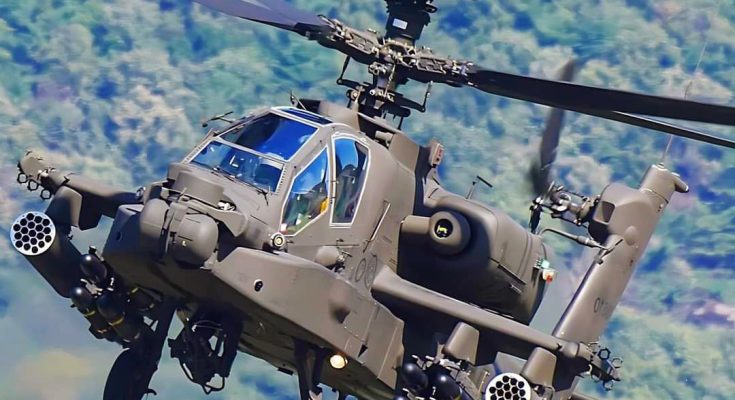The AH-64 Apache helicopter, one of the most formidable and widely used attack helicopters in the world, is renowned for its precision, power, and versatility in combat. When it comes to the engine startup and takeoff procedure, the Apache’s complex systems and advanced avionics play a crucial role in ensuring a smooth and efficient operation. Understanding the steps involved in starting the Apache’s engines and getting it airborne offers insight into the precision and expertise required to operate this military marvel.
Engine Startup
The AH-64 Apache is powered by two General Electric T700-GE-701C turboshaft engines, which are highly reliable and capable of producing 1,900 shaft horsepower each. These engines are designed for maximum performance and efficiency, providing the Apache with the speed, lift, and power necessary for its multi-role mission profile, from reconnaissance to attack and close air support.
The startup sequence begins with the pilot ensuring all systems are ready for engine ignition. Prior to starting the engines, the helicopter’s avionics systems are powered on, including flight control computers, navigation, and communication systems. The crew also performs safety checks to ensure the helicopter is in the proper configuration for startup. This includes confirming that the main rotor is clear of any obstructions and that all switches and dials are correctly positioned.
Once all systems are checked, the pilot proceeds to engage the engine start sequence. The engine start-up involves initiating the fuel flow to the turbines, followed by the rotation of the engines. At this point, the engines begin to spool up, and the crew monitors various parameters such as fuel pressure, oil pressure, and engine RPM. The engines on the Apache are started sequentially, with one engine being started first, followed by the second. As the engines come to life, the crew ensures that they are operating within normal parameters.
Rotor Engagement
After the engines have reached idle power, the Apache’s main rotor is slowly engaged. The main rotor blades, which span approximately 48 feet, begin to rotate, powered by the engines. The pilot monitors rotor RPM to ensure that it is within the correct operating range. The rotor system is designed for high durability and performance, enabling the Apache to maneuver with precision even in harsh combat conditions.
With the rotors spinning at the appropriate RPM, the crew performs further system checks to confirm that the hydraulics, flight controls, and other key systems are functioning properly. The Apache’s flight control system is highly sophisticated, using digital fly-by-wire technology that allows for precise control of the aircraft’s movements. The pilot uses the cyclic, collective, and pedals to ensure that all systems are responding accurately.
Takeoff
Once the engine startup and rotor engagement procedures are complete, the Apache is ready for takeoff. The pilot slowly increases the throttle to bring the engines to full power. The Apache’s powerful engines provide the lift needed to lift off vertically. The helicopter’s design, with a fully articulated rotor system and low profile, allows for stable hover and maneuverability even in confined spaces.
As the Apache lifts off, the pilot carefully manages the collective (to control altitude) and cyclic (to control direction) to initiate a smooth and controlled ascent. In combat or operational scenarios, the Apache’s agility and speed become key assets. The pilot can transition from hovering to forward flight almost seamlessly, with the helicopter’s advanced flight systems ensuring stability and precision.
Throughout the takeoff procedure, the Apache is monitored for any signs of mechanical failure or instability. The crew maintains constant communication with ground control and other aircraft, especially in mission-critical environments. The Apache’s ability to take off quickly and maneuver with great precision makes it a vital asset in any battlefield scenario, whether conducting reconnaissance, attacking targets, or providing close air support.
In conclusion, the engine startup and takeoff procedures for the AH-64 Apache are a highly coordinated process that requires precision, skill, and attention to detail. The Apache’s advanced systems and robust design ensure that it can operate in diverse and challenging conditions, making it one of the most reliable and capable attack helicopters in the world. From the initial engine startup to its smooth and controlled takeoff, every phase of the operation is crucial to the Apache’s mission success.



